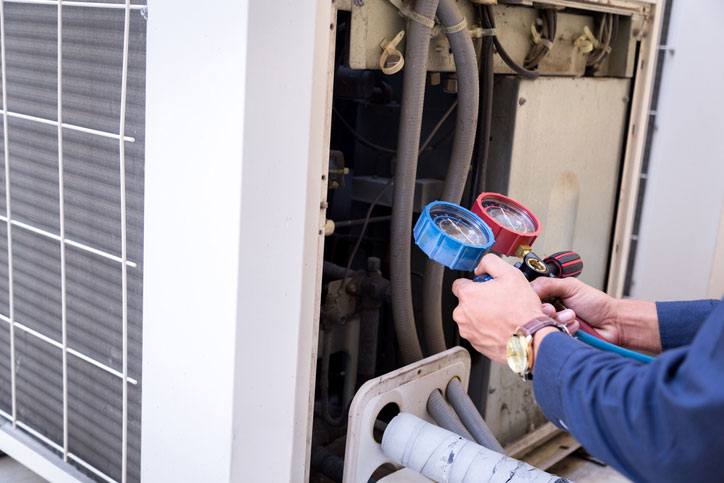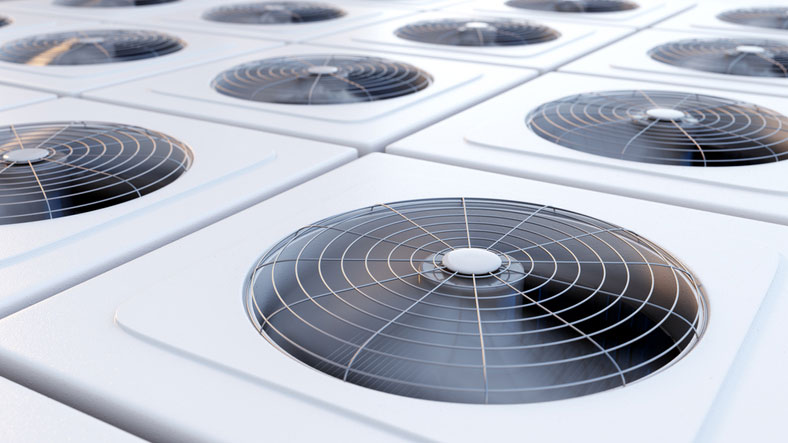Improve Your Air Quality and Create Healthier Spaces
The emergence of COVID-19 woke the world up to the importance of indoor air quality. Building operators and occupants are increasingly interested in ways they can improve the spaces they occupy and the air they breathe. Bowerbird provides energy-efficient solutions that also meet the total indoor environmental quality (IEQ) needs of building owners. Our HVAC specialists will identify air quality issues, incorporate controls, and commission optimal systems. Our strategic HVAC/R solutions help create healthier spaces, reduce energy costs, and support environmental goals.
Services
- Retro Commissioning (RCx)
- Air Quality Improvement and Testing (ASHRAE 62.1 & 62.2)
- Building Automation & Controls
Maybe you’re wanting to create healthier spaces for building occupants, or achieve dynamic KPI’s surrounding a controlled environment? Either way, Bowerbird knows how to identify air quality issues and find a balance of solutions for you. We also offer state of the art controls for optimizing the system and managing the controls and KPI’s as often or as little as you would like.
Contact Us
Considerations and Applications
HVAC/R FAQs
How do we test our building’s air quality?
It is recommended that you have the air quality of your spaces constantly monitored. A one-time test may be done to identify the toxicity level of a particular space, but this data is rarely relevant. There are numerous solutions commercially available to monitor your building’s air quality. Using hardware (sensors), wireless controls, and a robust cloud network and software platform, our engineers can design the perfect solution for your space, whether it’s three classrooms at a daycare or an entire school. Periodic reports can be automatically generated, delivering air quality reports as “bad, moderate, great,” which provides a sense of comfort for building occupants.
How can we improve the air quality in our building?
The first step is to assess the current system through an air quality benchmarking technique. Once you’ve identified the current system efficacy, then you can start to understand what solutions make sense for your situation and building. General techniques for improving air quality are:
- Ventilation and bringing in fresh outside air
- Filtration of contaminated air
- Treatment of air in “low ventilated areas” using air purification systems
- Sealing and cleaning of duct work
- Cleaning refrigerant coils or plenums
- Treating the HVAC systems surfaces and the air with UVC light
How much is our HVAC/R system costing us?
IoT solutions provide real-time monitoring and reporting of HVAC system performance. In conjunction with submetering, this data can be captured and compared to your utility bills (electric, gas, oil), and you may identify exactly how much your system is costing you.
How often should we change our HVAC filters?
Standard protocol is to follow the manufacturer’s recommendations and ASHRAE 62.1 & 62.2. In general, filters are swapped monthly, quarterly, or when visibly soiled. Some filters may be cleaned. Always follow safety procedures and wear proper personal protective equipment when swapping out filters. Make sure the new filters are facing upstream and seat properly in the system, ensuring no unfiltered air is escaping from the sides, top or bottom.


